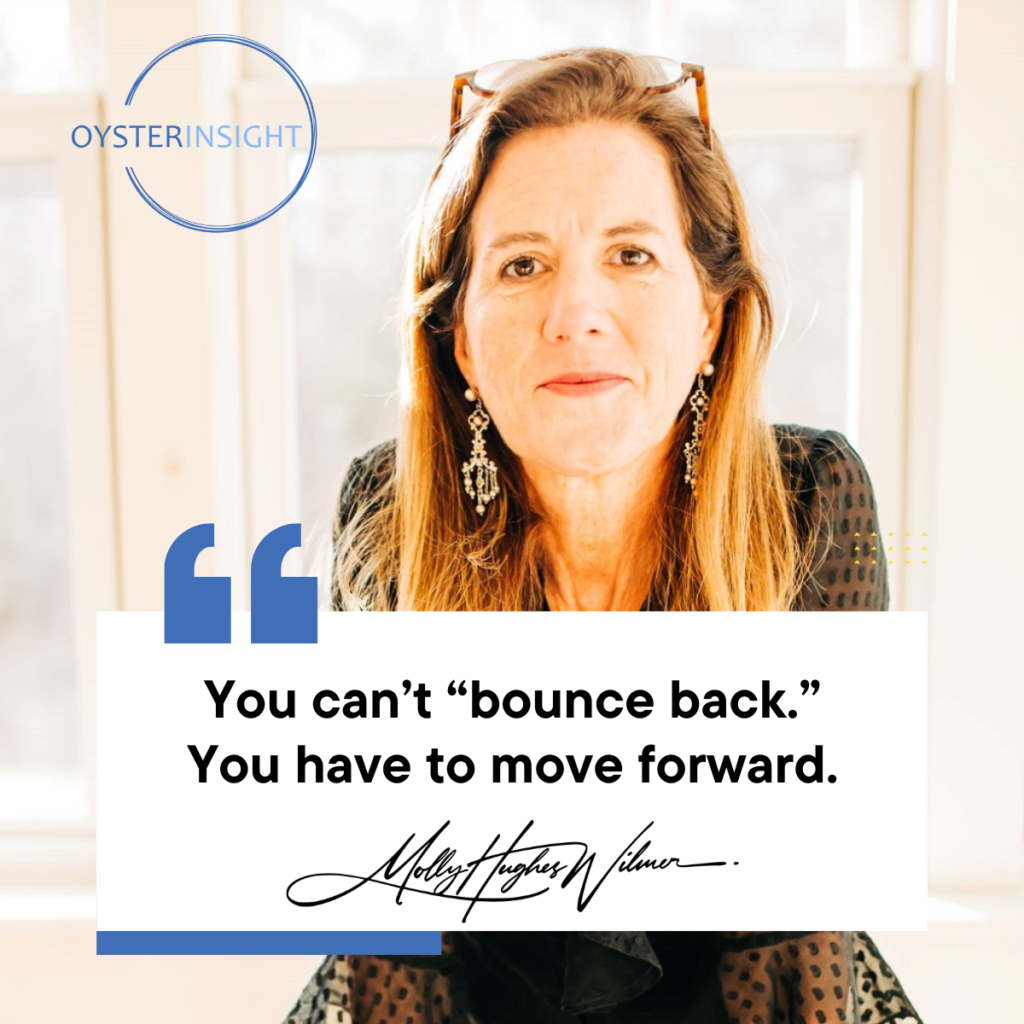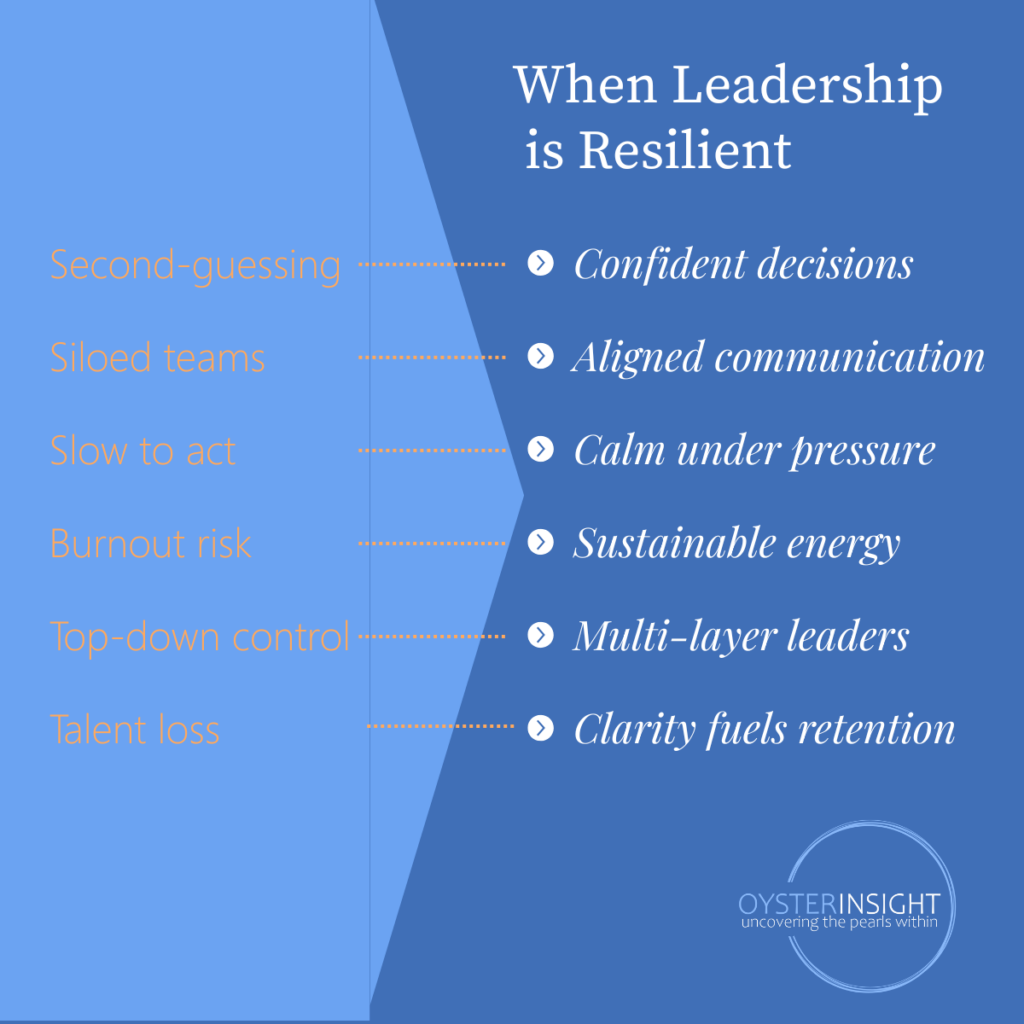I’ve lived through three major disasters.
A burst water main that flooded our headquarters the day before a critical investor call—back when cloud computing wasn’t an option and 500 employees suddenly had no place to work. We were a $250 million publicly traded company. The pressure was real.
Supporting someone I love through a full-blown mental health crisis during COVID.
And most recently, having a tree fall on my house—followed by months of disruption, insurance claims, and rebuilding.
Each time, I was in the middle of it. Leading. Managing. Showing up.
What I learned?
Resilience is hard. Really hard.
But it’s also the difference between barely surviving and actually growing through chaos.

When Disaster Strikes, It Hits Like a Tsunami
When the water main burst, our public adjustors warned us: nearly half of businesses never recover from disasters like that. That’s a coin flip between survival and closure.
But we made it. The company is still standing.
And the person I supported through their darkest chapter? They bounced back stronger than the doctors thought possible.
So what made the difference?
It wasn’t luck. It was resilience.
Today’s Tech Leaders Are in a Perfect Storm
If you’re leading a tech company in 2025, you’re already feeling it.
On one side: breakneck innovation. AI is evolving so fast it’s rewriting business models overnight. What was cutting-edge 18 months ago is now table stakes. AI spending is projected to grow 29% annually through 2028. Quantum computing? Even faster.
On the other side: policy shockwaves. In the DMV alone, over 9,400 federal contracts—worth $71 billion—have been terminated. Entire go-to-market strategies are evaporating as funding disappears and priorities shift.
That’s not just disruption. That’s disaster in a suit and tie.
And it’s not slowing down.
Why Resilience Feels So Damn Hard
Resilience isn’t about “bouncing back.” You can’t bounce back—there is no “back.”
The world will never be exactly the way it was before.
Resilience is about building forward—navigating through complexity when everything familiar starts falling apart.
Whether it’s a crisis at home, a tech breakthrough, or a policy change that upends your business, disruption shakes you at the core.
It’s hard because:
- The emotional toll is real. You’re holding it together for your team while barely holding it together yourself.
- Everything is more complex. There’s no checklist. Just uncertainty layered on top of pressure.
- Resources are scarce. You need more time, more people, more clarity—and you have less of all three.
- You lose your anchors. The things that once made you feel capable—your routines, your focus, your confidence—suddenly vanish.
It’s disorienting. It’s exhausting. And it’s the moment leadership matters most.
Why It Matters More Than Ever
Resilience has become the most coveted leadership skill of 2025—and with good reason.
- Companies that invest in leadership growth see a 25% boost in business performance
- Organizations led by resilient leaders retain talent 59% more effectively
- Those with mature resilience practices are up to 96% more likely to fully recover after disruption
Think about that last one.
96% recovery versus a 40% failure rate.
That’s not a “soft skill.”
That’s a core competency. That’s a strategic imperative.

What Building Resilience Actually Looks Like
Life—and my work helping tech companies navigate disruption—has taught me this: resilience isn’t something you “learn.”
It’s something you live. And lead through.
It doesn’t come from motivational posters or once-a-year trainings.
It shows up in what you do—especially under pressure.
Here’s what I’ve seen work:
For organizations:
- Resilience starts everywhere, not just at the top. When teams at every level are equipped to lead through uncertainty, the whole system holds.
- Daily work is where growth happens. The most resilient companies embed leadership practice into the flow of work—not in a classroom.
- Behavior is the signal. Real change shows up in sharper decisions, clearer communication, and teams that stay engaged even when things get messy.
- What gets measured matters. Speed, clarity, trust—these are the true metrics of resilience.
For leaders:
- Make peace with incomplete information. Leadership during disruption means acting even when you don’t have all the answers.
- Communicate honestly. Say what you know. Say what you don’t. And say when you’ll follow up.
- Create safety. People need to know they can raise a red flag or share a fear without penalty.
- Protect your energy. You can’t lead well if you’re constantly depleted. Take care of yourself like you take care of your mission.

A Better Way Forward
The most successful tech companies I work with aren’t waiting for disruption to pass.
They’re building resilience into their culture, their systems, and their habits.
Because they know:
Resilience isn’t just about recovery. It’s a competitive advantage.
It’s how you stay clear-headed when others panic.
It’s how you keep momentum when the road gets messy.
And it’s how you create a team that thrives through change—not just survives it.
I’ve seen companies change their trajectory in just 90 days.
In six months, they don’t just weather the storm—they lead through it.
And it starts with one mindset shift:
You can’t “bounce back.” You have to move forward.



